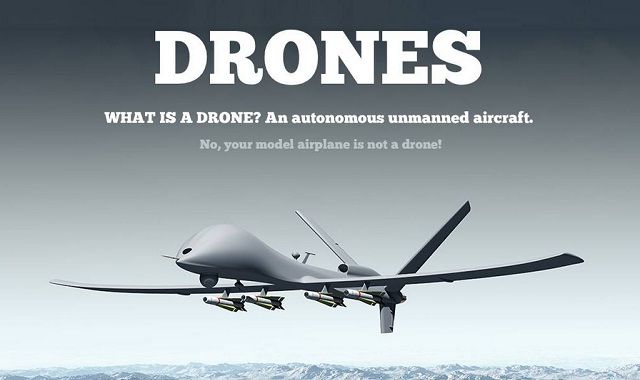The Use of Drones in Law Enforcement: Enhancing Public Safety and Crime Prevention
Police Drones: Technology Takes Crime Fighting to New Heights

Abstract
Recently, the use of drones in law enforcement has been on the rise due to advances in technology. Police departments across the United States are utilizing drones to supplement traditional crime-fighting techniques. Drones provide law enforcement with a unique perspective and efficiency, aiding in investigations and operations.
Introduction
The use of drones, or unmanned aerial systems, is becoming more prevalent in many industries. In the law enforcement sector, drones are being used to supplement or replace traditional crime-fighting techniques. Drones can provide police with an aerial perspective, which can be valuable in tracking, search efforts, and surveillance.
Content
Drones have several key advantages that make them particularly useful in law enforcement. They can provide a bird’s eye view of an area and help officers assess situations and gather information in real-time. This information can be used to direct resources, make decisions, and even make arrests.
1. Search Operations
One of the most significant advantages of drones is that they can be used to locate missing persons or suspects quickly. Search and rescue missions are often conducted in hazardous areas, such as wooded areas or over bodies of water, where visibility is low. Drones can quickly fly overhead and provide a clear view of the search area, saving valuable time and resources. They can also cover larger areas more quickly than a human search team.

2. Surveillance
Drones can also be used for surveillance purposes. They can surveil an area for an extended amount of time without the need for officers to be present physically. Drones can provide 24/7 coverage of several locations and gather information about a suspect’s movements and behaviors over a period of time. This information can then be used in court in evidence against the suspect.

3. Crowd Control
Drones can also be used for crowd control situations. They can be equipped with speakers to broadcast instructions to a crowd or equipped with tear gas canisters or rubber bullets for riot control. This allows for a greater degree of safety for officers as it reduces the chances of physical altercations between police and protesters.
4. Traffic Operations
Traffic operations can be carried out more efficiently by using drones. Drones can fly above the congested streets and monitor the flow of traffic, map the area, and help police department allocate resources. This is particularly useful in high-traffic areas where speeding and reckless driving are common problems. With the help of drones, police departments can increase public safety.

5. Crime Scene Investigation
Drones can provide a superior view of crime scenes. They can fly around the area and take detailed pictures, allowing investigators to examine the scene in virtual reality. This information can be used to create 3D models and maps, allowing investigators to reconstruct crime scenes and uncover crucial details missed in traditional investigative techniques.
Conclusion
Overall, the use of drones in law enforcement is becoming more prevalent. They can provide police departments with a unique perspective and efficiency that was previously unattainable. Drones can save time and resources and provide vital information for tracking, search efforts, and surveillance. Their use in law enforcement is still new and needs to be regulated, but the potential for drones to supplement traditional crime-fighting techniques is enormous.

Source image : homelandprepnews.com

Source image : www.visualistan.com

Source image : www.lawtechnologytoday.org

Source image : www.dartdrones.com

Source image : apnews.com




